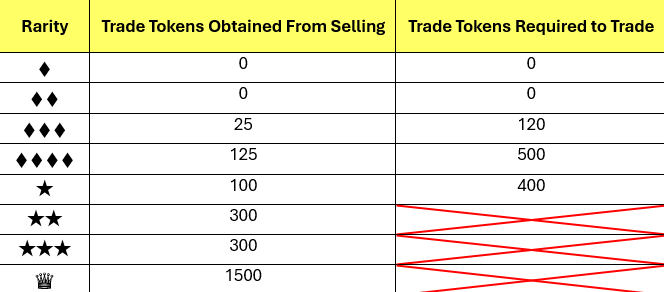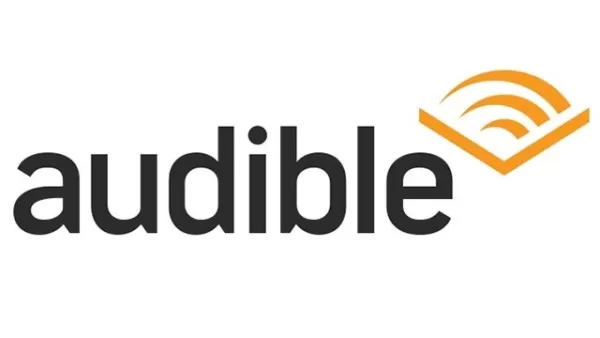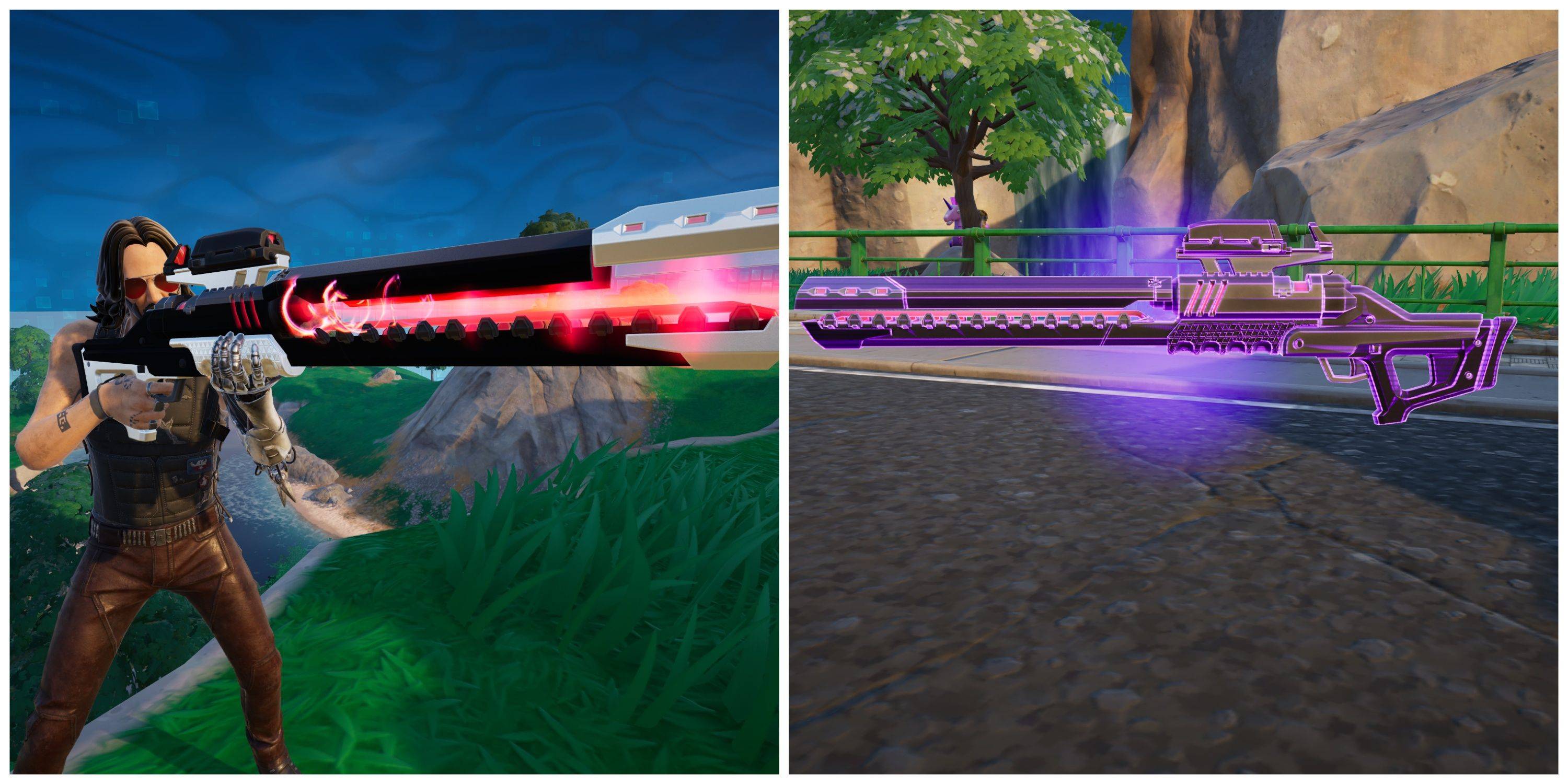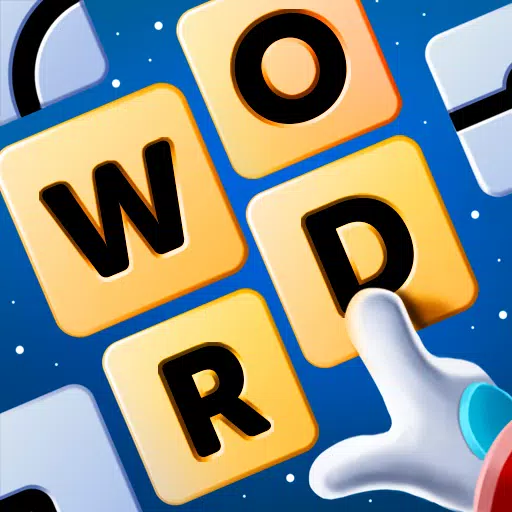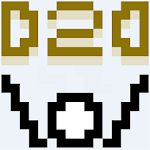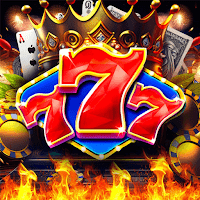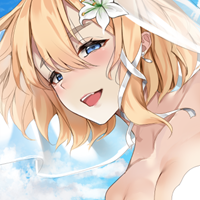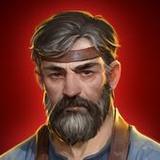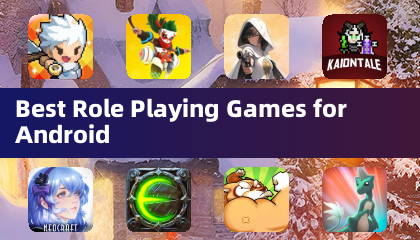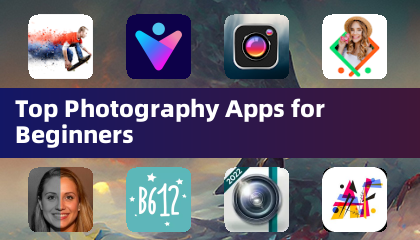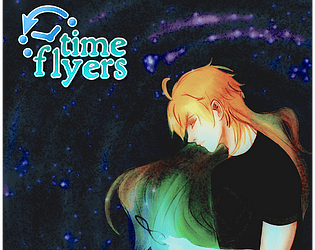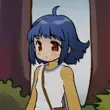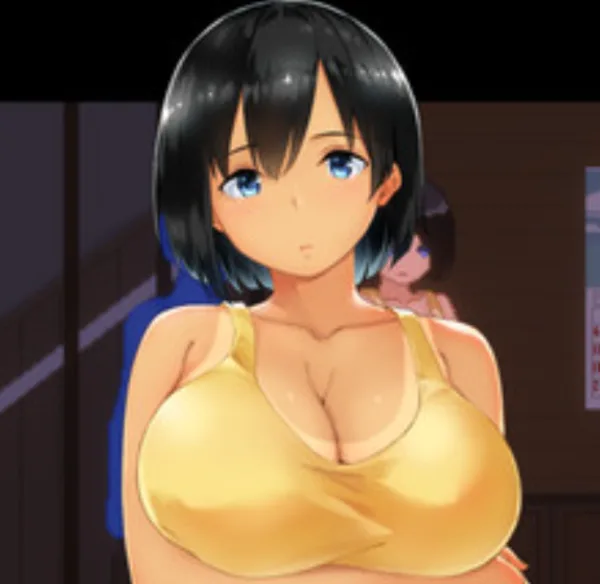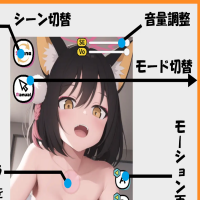Monster Hunter Wilds: Weapon Tuning and Design Philosophy
With each new Monster Hunter installment, players eagerly anticipate how their favorite weapons will perform. Monster Hunter Wilds, aiming for a seamless hunting experience, presents unique challenges and opportunities for weapon design. We spoke with Art Director and Executive Director Kaname Fujioka, and Director Yuya Tokuda, to delve into the weapon tuning process.
IGN First: Monster Hunter Wilds Oilwell Basin Artwork
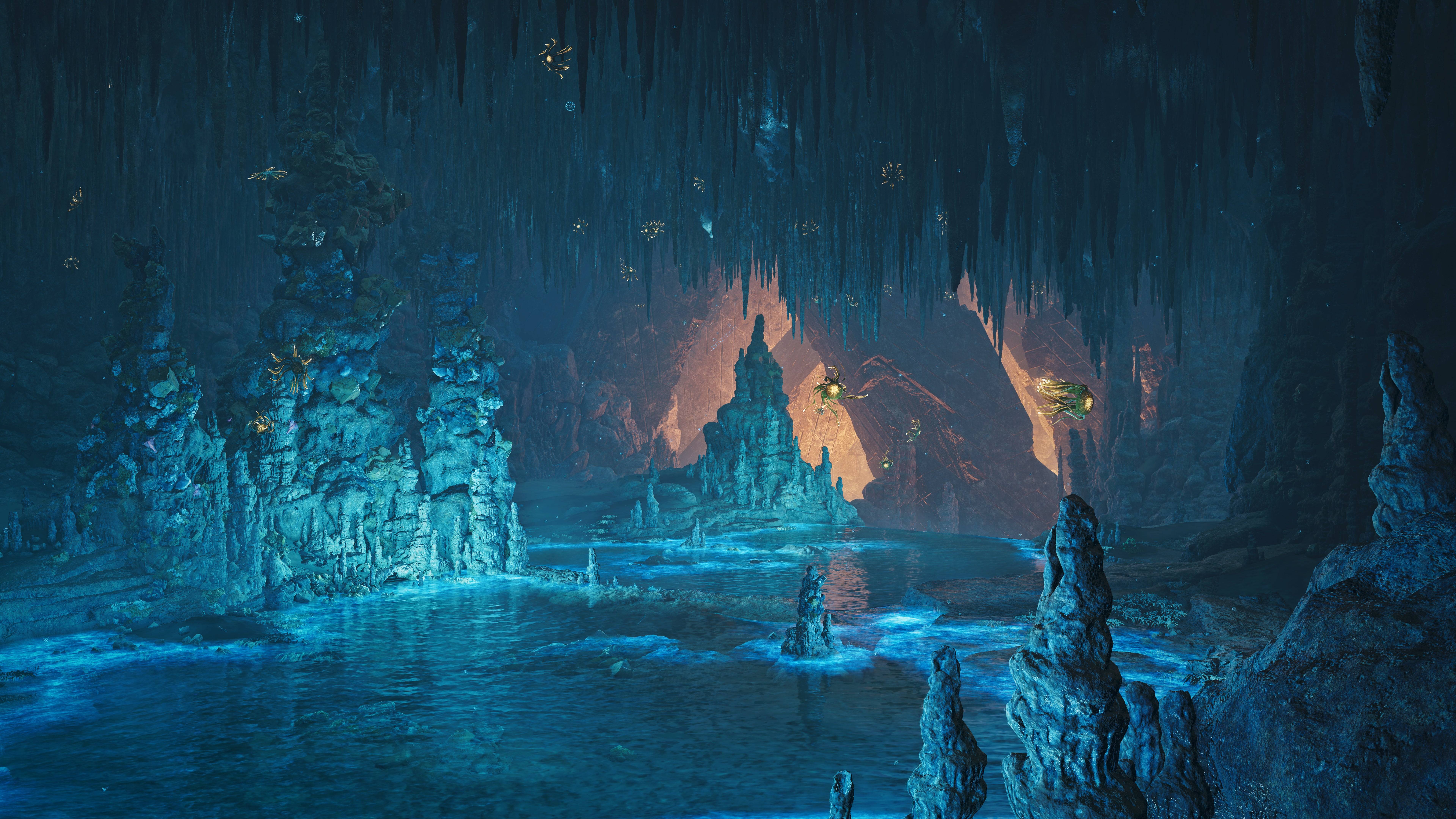
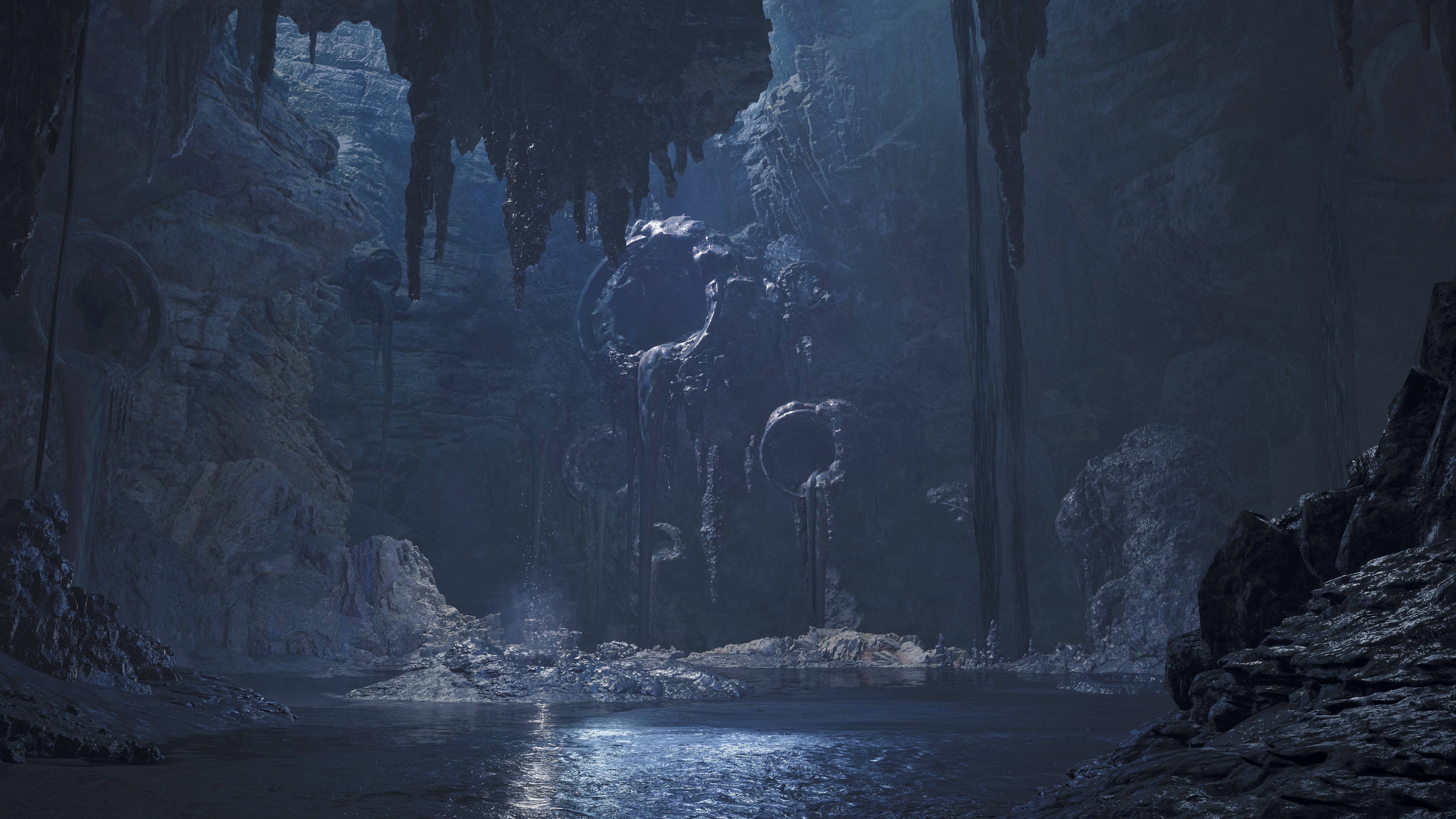
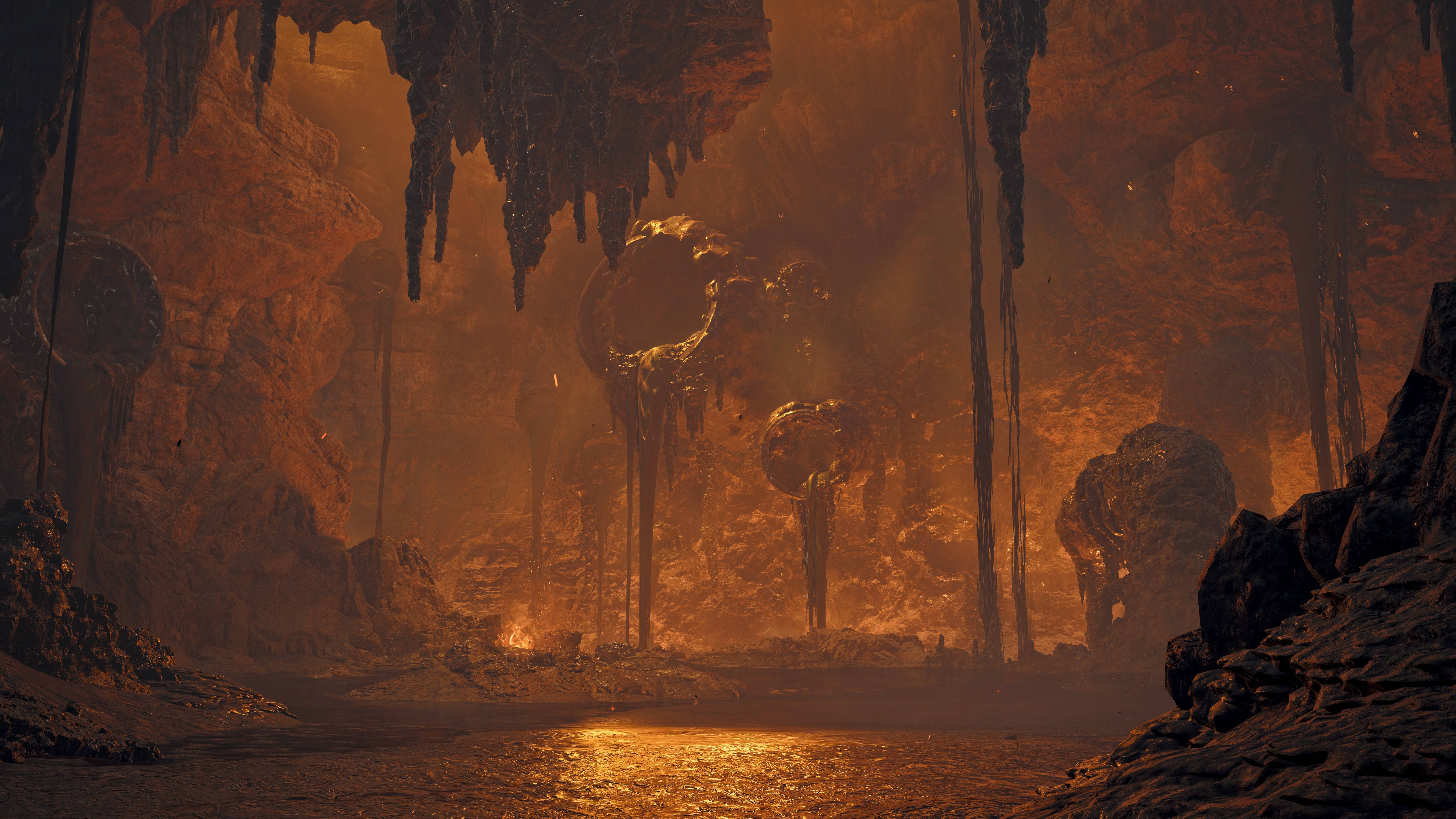
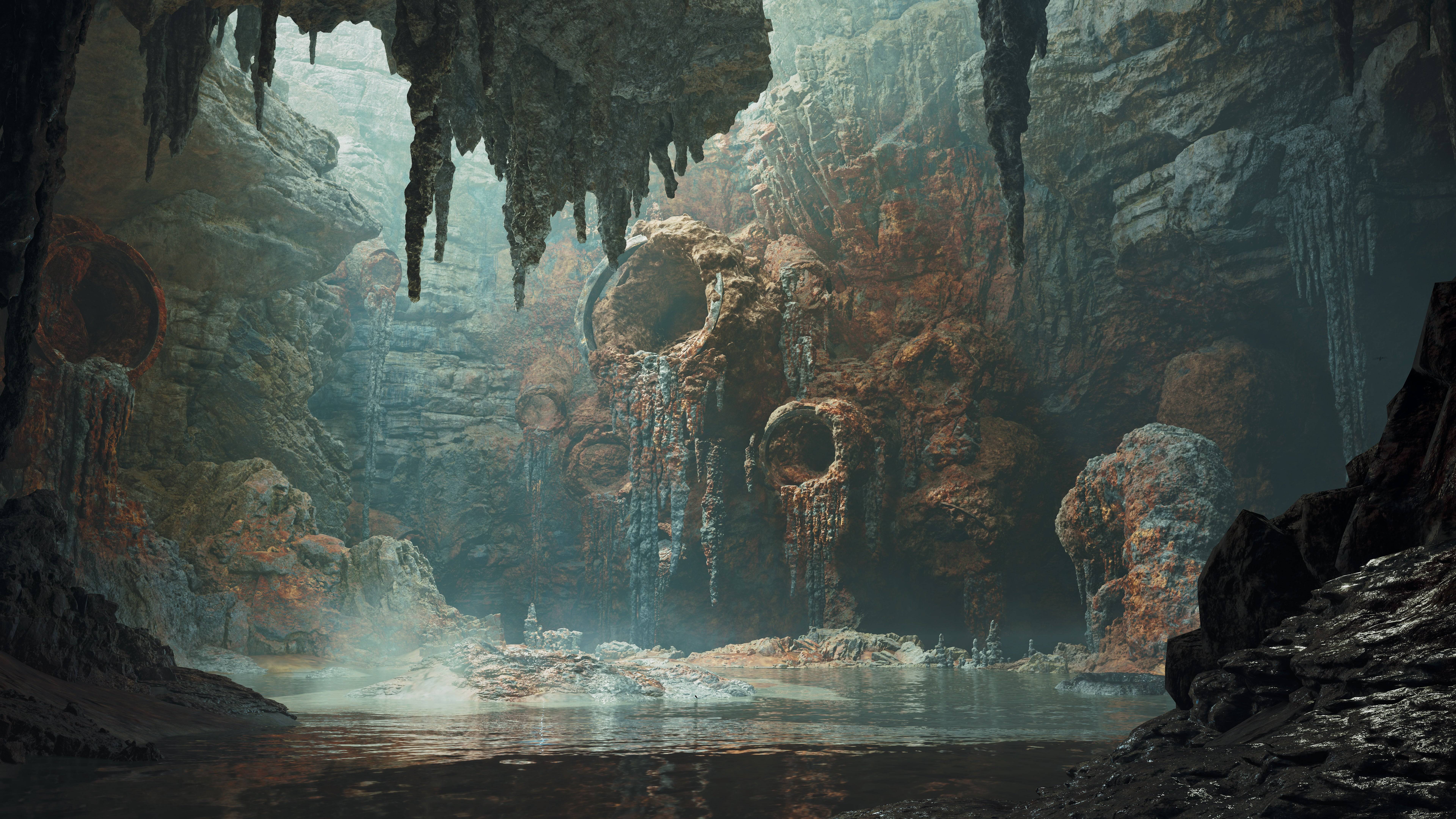
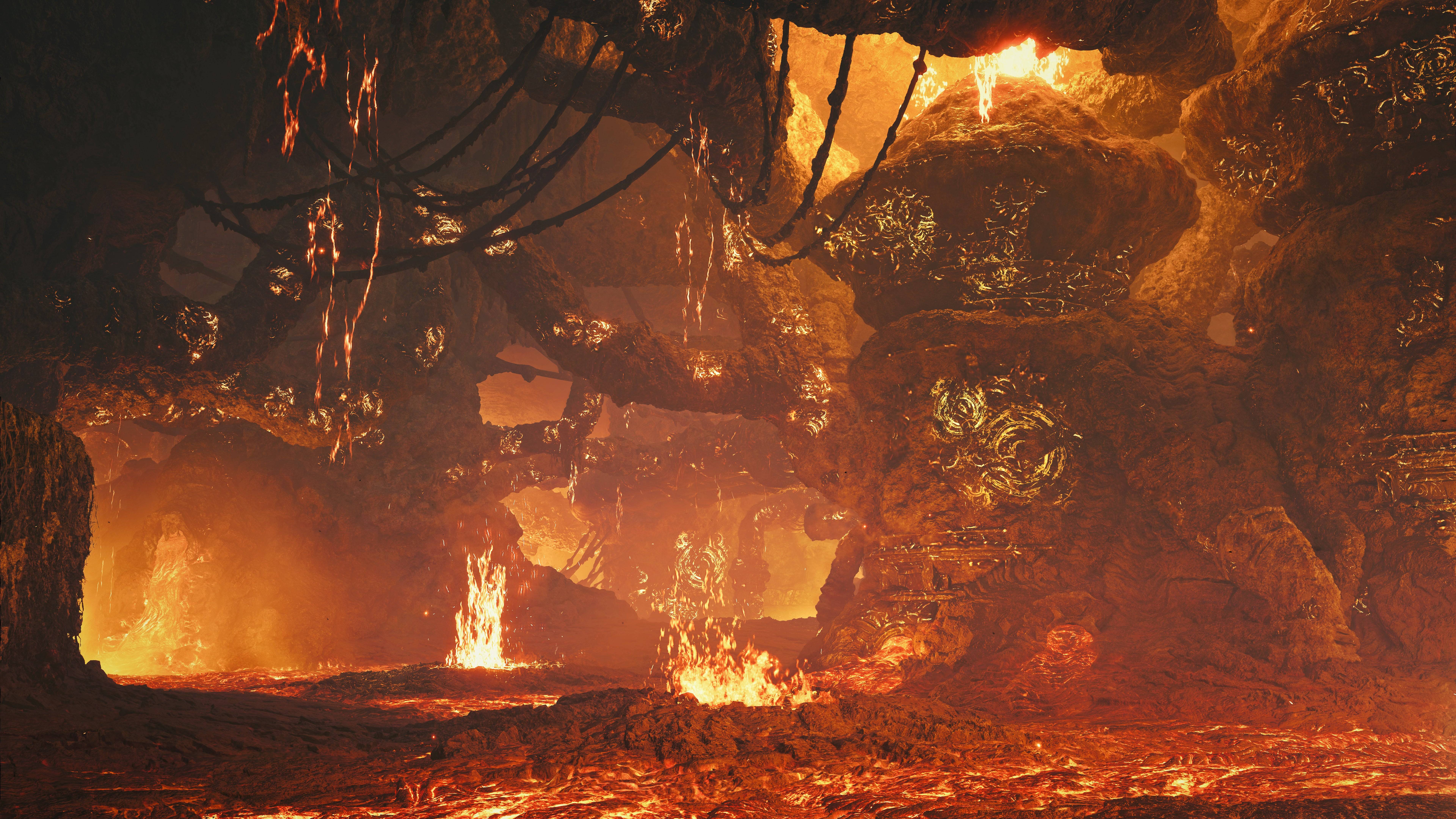
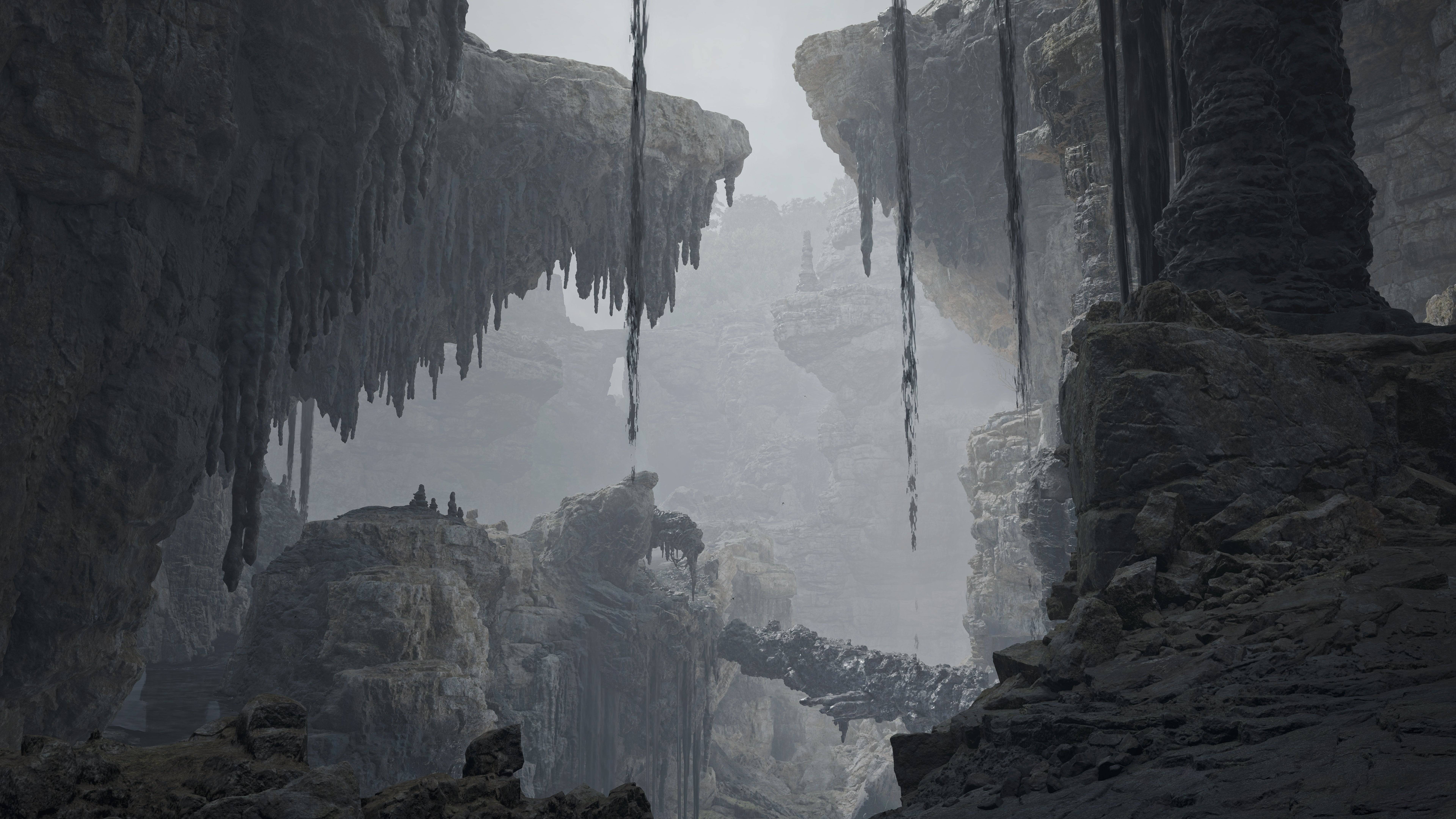
The interview revealed the design concepts behind each weapon, addressing player feedback from the November 2024 Open Beta Test.
Seamless Hunting: Weapon Adjustments
The seamless world and dynamic weather of Wilds necessitated significant weapon adjustments. Tokuda highlighted changes to the Light and Heavy Bowguns, and the Bow, addressing the lack of a base for resource replenishment.
"Basic damage sources are usable without resource consumption," Tokuda explained. "Normal, pierce, and spread ammo for Bowguns and coatings for Bows have unlimited use, managed by a gauge. However, pre-prepared or field-gathered materials allow for crafting powerful, attribute-based ammo."
These changes extended beyond mechanics, impacting weapon design. Fujioka emphasized the visual clarity of actions:
"We aimed to visually represent the Bowgun charging process for special shots, convincingly showing attack cancellations. Technological advancements significantly aided these animation improvements."
The ability to seamlessly switch and stow weapons, coupled with refined transition animations, broadened hunter actions. Tokuda stated:
"Weapons are designed for natural use in any situation, even without player input." This includes healing while moving, a departure from previous titles.
Fujioka highlighted the new Focus Mode:
"Focus Mode allows directional movement while attacking, enabling continuous attacks slightly off-center from the target. We aimed to realize players' envisioned gameplay."
Focus Strikes and Wound System
Wilds introduces a wound system, where continuous attacks on a specific monster body part create wounds, enabling devastating Focus Strikes. While damage accumulation generally determines wound creation, Focus Strike animations are unique to each weapon type. Tokuda addressed balancing concerns from the beta:
"Focus Strike animations showcase each weapon's individuality. However, the beta revealed imbalances; some weapons were overpowered, while others lacked impact. We're standardizing them for the final release."
The wound system adds strategic depth. Wounds become scars, preventing repeated wounding of the same area. Environmental interactions can also cause scarring. Tokuda explained:
"Monsters start unwounded, but in Wilds' open world, turf wars can occur independently of the hunter, resulting in pre-existing wounds. This adds unexpected opportunities and potential rewards."
Monster health and toughness were adjusted to maintain appropriate playtime and player satisfaction, while Focus Mode aimed to create more concentrated, fulfilling hunts.
Great Sword: The Development Prototype
The development process involves a team of six planners responsible for player experience, encompassing designers, artists, and animators. Tokuda explained their approach:
"We often start with the Great Sword as a prototype, then refine weapons like the Sword and Shield and Heavy Bowgun, applying that knowledge to other weapons."
The Great Sword's weighty tempo, unique in action games, serves as a benchmark. Fujioka stated:
"The Great Sword's Focus Strike animation was a significant achievement. Its all-around nature makes it ideal for prototyping animations."
Tokuda added:
"Weapons with a heavy tempo like the Great Sword are rare. We ensure its fun factor, then differentiate other weapons from it. The Great Sword's versatility – blocking, area-of-effect attacks, straightforward damage – makes it a strong foundation for balancing other weapons."
Weapon Uniqueness and Player Feedback
The developers prioritize weapon individuality over uniform ease of use. Fujioka emphasized:
"We focus on unique weapon design, not equal ease of use. However, we address issues preventing desired player experiences. Overpowered, easy-to-use weapons are avoided."
Tokuda used the Hunting Horn as an example:
"Its concept is area-of-effect damage control, using sound effects uniquely. We challenged ourselves to leverage its sound capabilities for damage output. We balanced self-buffs to avoid it becoming the only viable secondary weapon choice."
The developers acknowledge inherent weapon-monster matchups, aiming to avoid overly efficient, universal builds. Fujioka stated:
"While efficient weapons will be popular, we ensure that dedication to a weapon type allows for success through trial and error."
The dual weapon system encourages complementary weapon choices. Tokuda stated:
"Even specialized weapons can complement each other."
Decoration System and Skill Builds
The decoration system, similar to Monster Hunter World, allows for skill activation through weapon or armor slots. Alchemy enables creation of single-skill decorations, addressing previous skill acquisition difficulties. Fujioka humorously recalled his World experience:
"I never got my Shield Jewel 2... I finished the game without completing my build."
Tokuda prefers long-range weapons and the adaptable Sword and Shield, while Fujioka remains a dedicated Lance user. The Lance, however, received significant negative feedback during the beta:
"The Lance's concept wasn't fully realized. Issues with actions made it feel dull. We're making major improvements."
The developers' commitment to player feedback and their passion for creating a compelling hunting experience are central to Monster Hunter's enduring success.

